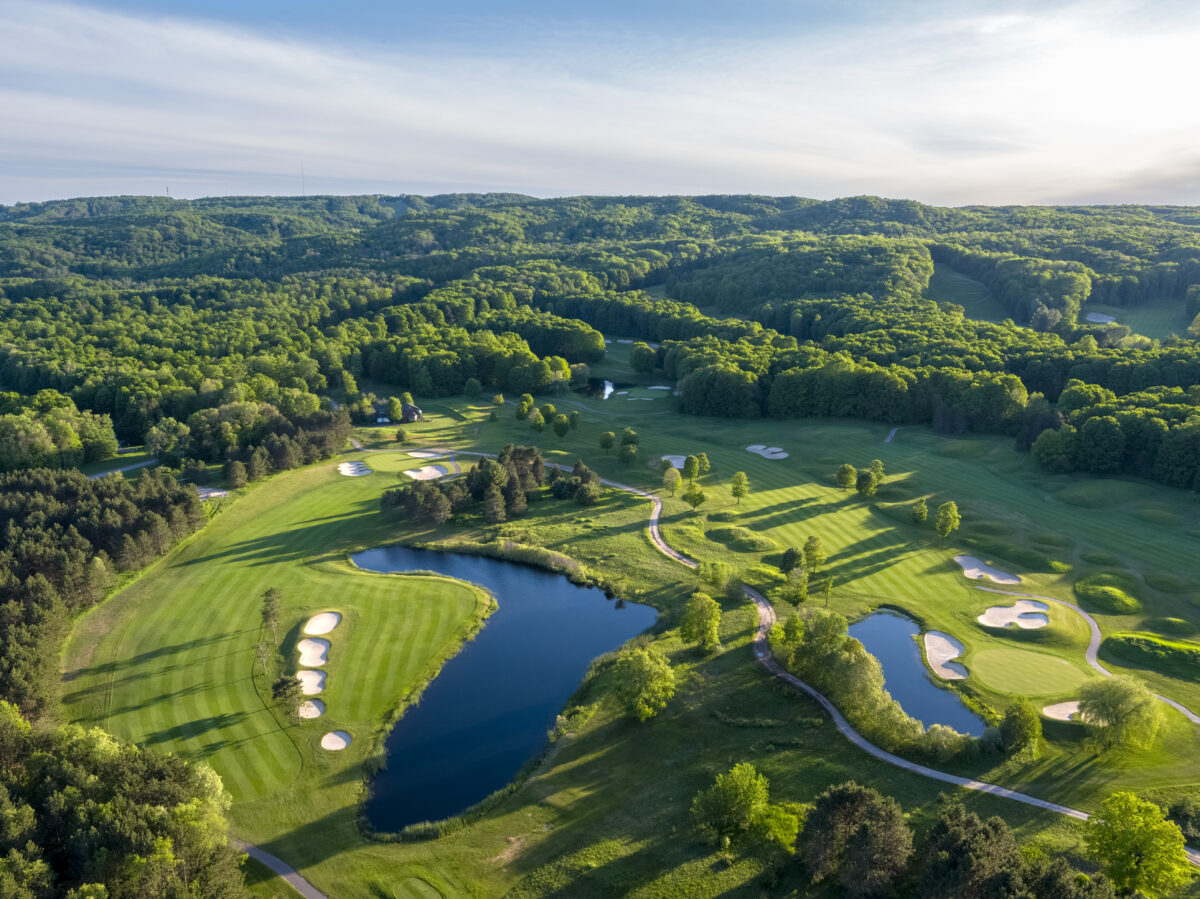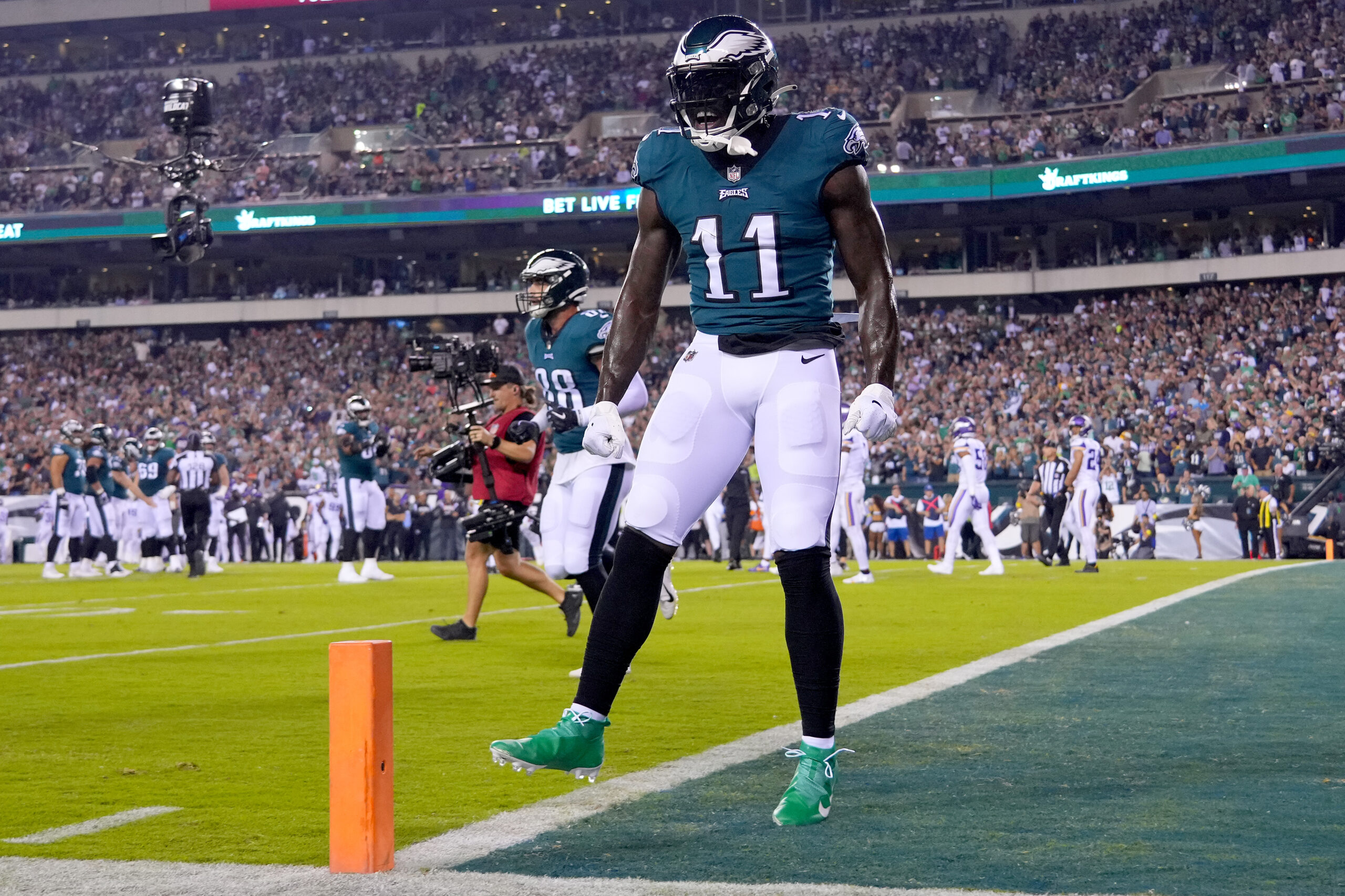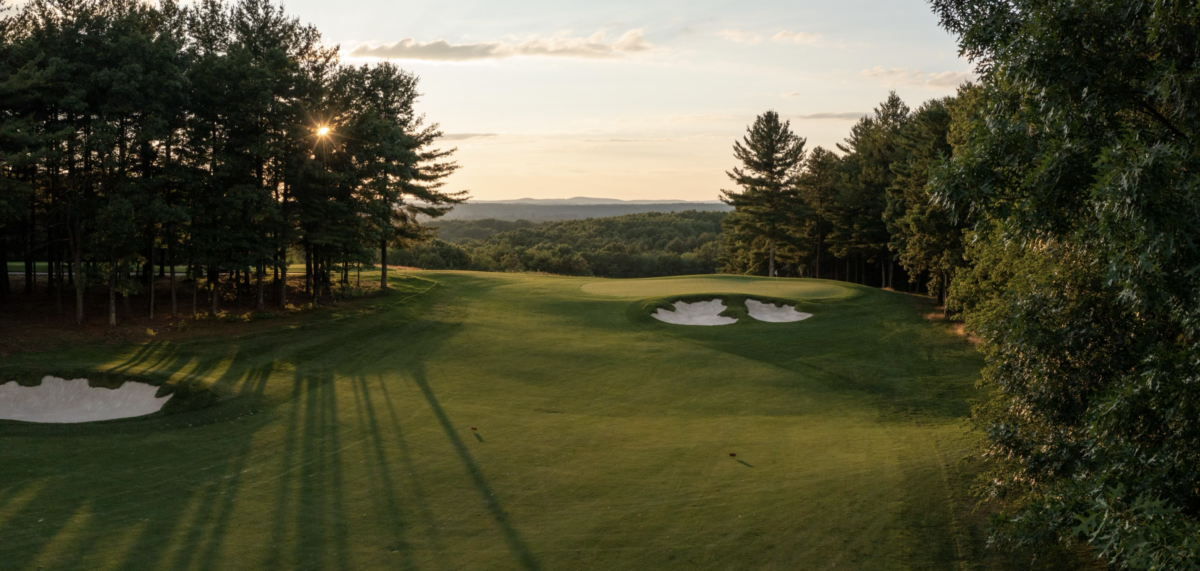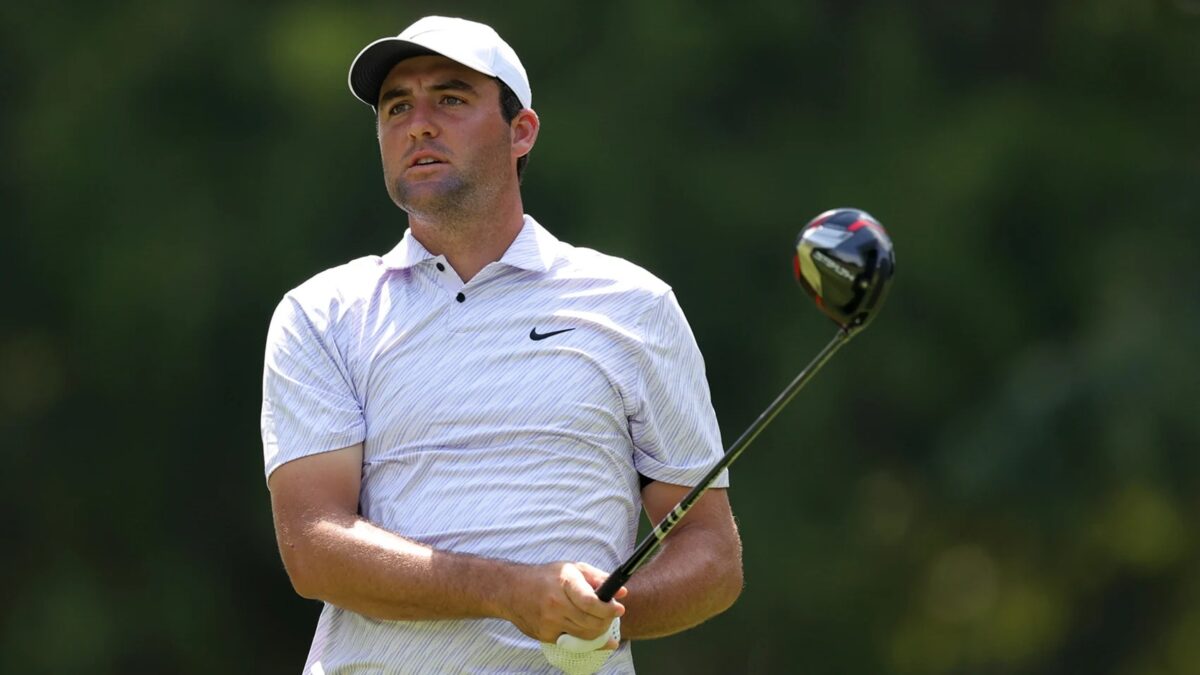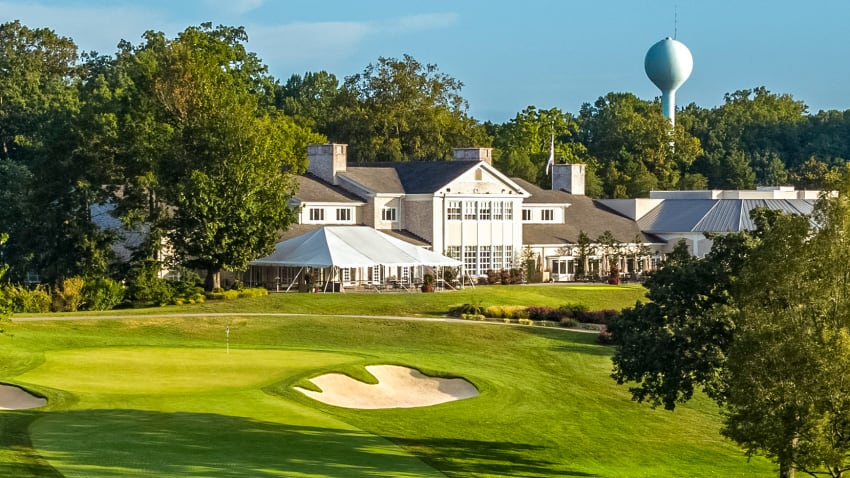In a 1961 Sports Illustrated profile, Everett Kircher, the visionary founder of Boyne Resorts, described the rapid and unlikely growth of Boyne Mountain Resort, the ski destination he founded in 1948.
“We’re big because we think big,” Kircher said.
The story was titled, “Mountain Out of a Molehill,” a reference to the fact that Kircher had taken a Northern Michigan hill with 500 feet of vertical drop, called it a mountain and turned it into a wildly popular ski resort with onsite lodging, restaurants, bars, a skating rink and other activities. The legend goes that Kircher bought the initial 40 acres for Boyne Mountain from a farmer who decided the land was too steep for planting. Kircher agreed, but generously offered him $1 for the land, then set about building his resort. That was Kircher – always thinking big.

“Guys like Everett are from a generation that thinks differently,” Kircher’s friend Warren Miller, known for his popular ski films, said upon news of Kircher’s passing in 2002.
By the time SI ran that story in 1961, Kircher had already opened his first golf course, a nine-holer, in a bid to turn his Northern Michigan resort into a year-round destination. A few years later, he recruited Robert Trent Jones Sr. to build The Heather, which opened in 1966 at his second resort, The Highlands at Harbor Springs. Kircher wasn’t just creating more reasons for his guests to return and summer jobs for his employees. He had ignited a golf building boom that reshaped the Northern Michigan landscape.
These days the region is known as “America’s Summer Golf Capital,” which doesn’t seem the least bit audacious given the options created by Kircher, his children (who inherited their father’s go-for-broke style), and the developers who followed his lead. Summer golf in Northern Michigan is idyllic: sun-swept 80-degree days, with courses styled by the game’s top architects, spread across terrain from the shores of Lake Michigan to hillside vistas at places such as Boyne Mountain and The Highlands that look like something out of the Berkshires or Rockies.
BOYNE Golf is at the center of the region’s golf scene, with its three resorts and 10 courses (including the three configurations at 27-hole Bay Harbor Golf Club). To this day, the resorts are anchored by The Heather, whose timelessness was reflected in the fact that the National Golf Course Owners Association honored it as the 2019 Course of the Year. In a sense, The Heather set a template for the rest of Boyne’s courses. Kircher, over Jones’ objection, insisted on a lake in front of the 18th green because he needed it for winter snowmaking. (To this day, Kircher’s local rule is emblazoned on a tee-side bench: “Tee shot in lake – free drop.”) Now every 18th hole at Boyne – with the exception of Crooked Tree Golf Club, which Boyne purchased – is fronted by a water hazard.

The lakeside Bay Harbor Golf Club, probably Boyne’s most photographed course, is an example of the Kirchers’ vision and opportunistic style. In the mid-1990s, Everett Kircher’s son, Stephen, was exploring the purchase of the historic Ramona Park Hotel in Harbor Springs when a developer called and asked him to look at an abandoned cement plant with three miles of frontage on Little Traverse Bay.
The property’s appeal was obvious; Stephen Kircher envisioned creating “the Pebble Beach of the Midwest,” which might strike golf purists as sacrilege, but there’s no denying the many breathtaking moments as you make your way around the property. At the time it was being developed, Bay Harbor’s Links was the most expensive nine-hole course ever built – “but the end result was worth every penny,” Kircher recalled.
“Bay Harbor is spectacular, especially the Links and Quarry nines” said Dave Pugh, a Golfweek course rater who brought a group of 12 golfers from Canada in the spring. By design, Arthur Hills created three nines that each reflect entirely different architectural genres – from the Links’ sprawling fairways and giant bunkers to the target-oriented Quarry to the Preserve, which cuts through the lakeside hardwood forest. (Here’s your pro tip when visiting: Book all 27 holes. While the Preserve doesn’t have the eight-figure views found on the Links and Quarry, some staffers consider it the best test on property. And if you really love the eye candy, make the short drive across Charlevoix Avenue to Crooked Tree, a fun hillside layout with panoramic views of Lake Michigan.)
Boyne’s three Northern Michigan resorts – the company now operates resorts in other states – are spread across nearly 10,000 acres, and there are plenty of surprises along the way. Take the Arthur Hills Course, a big, muscular design, lined with soaring pines that never feel as if they impinge on the broad fairways. (Locals have dubbed No. 10 “The Stadium” because the trees line the entirety of the hole.) And then suddenly we found ourselves on the 13th tee, looking at a drop of more than 350 feet from tee to green. Like others, I’m sure, I found myself marveling at the subtle brilliance of Hills’ design that created such a memorable experience, as well as the views across the top of the tree line.

“I thought it was quite dramatic with the elevation changes,” said Debbie Waitkus, who visited in August for the Golfweek Women’s Rater’s Cup. “We were at a ski resort and it felt like that.”
There are similar moments back at Boyne Mountain. When The Alpine Course was built in 1971, an inspired decision was made to have players make a 10-minute, 1.2-mile cart ride up the hill to the first tee. (The same is true for the neighboring Monument Course.) This might seem excessive, but the payoff comes when you reach 1,200 feet and feast on the views of Deer Lake. It’s true mountain golf, with the slopes impacting approaches and putts. And the setting is absolutely charming. On the 12th, we had to yield to a deer on its way to the apple tree just left of the green.
Experiences like we had on The Alpine Course always remind me of the key criterion Golfweek’s raters must address when assessing courses: the walk-in-the-park test. I’ve always regarded it as the most important criterion, and more of an emotional than subjective reaction. How much did you enjoy the experience? How much do you want to return?
Based solely on that criterion, BOYNE Golf gives its golfers plenty of reasons to keep coming back.
(For more information on BOYNE Golf, visit https://boynegolf.com or call 855-688-3286.)
